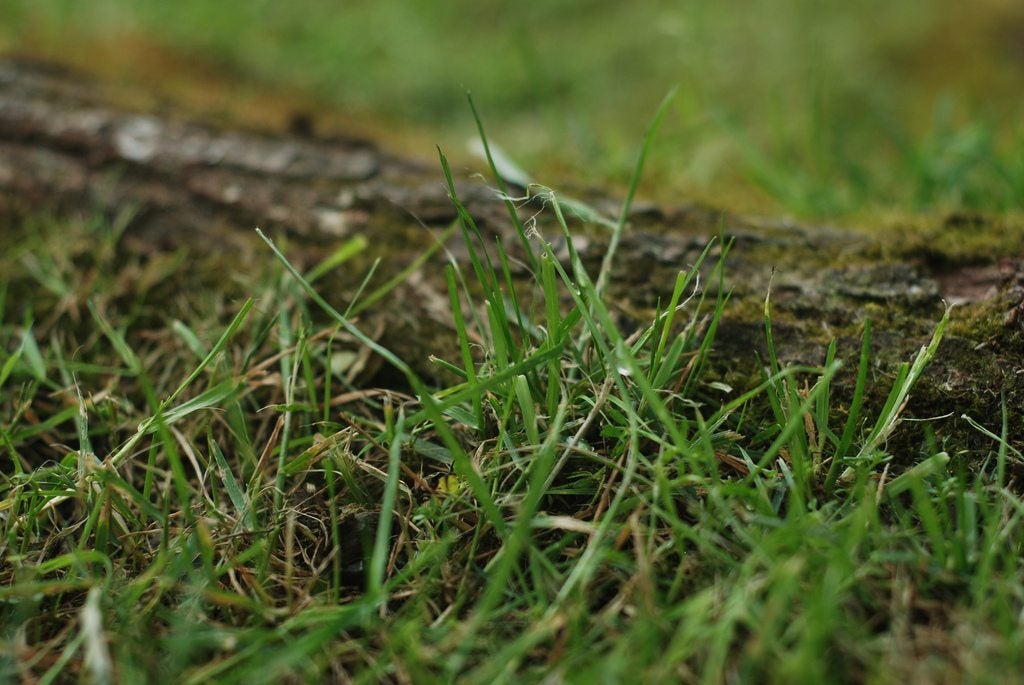Managing Bermuda Grass: Learn How To Kill Bermuda Grass In Lawns
Managing and controlling bermuda grass when it invades the lawn or garden takes some special steps. Their tenacious roots require deep removal.


Bermuda grass is an aggressive warm season turfgrass and fodder. It can become invasive and infest other turfgrasses, most notably zoysia grass and tall fescue.
The usual herbicides may be toxic to the wanted species, so managing Bermuda grass when it invades the lawn takes some special steps.
Controlling Bermuda grass in flower beds is a little easier, but the tenacious roots require deep removal or the plant will simply reestablish itself. Read on to learn some tips on how to get rid of Bermuda grass without harm to the plants you want to keep in your garden.
Bermuda Grass Control
Bermuda grass is native to the harsh climate of Africa. It is widely used in the southwest and southern United States.
The plant’s vigor and tolerance of heat, drought and heavy foot traffic make it an ideal choice to colonize difficult-to-maintain, low-nutrient areas. It also makes Bermuda grass control difficult in areas with planted species that you don’t want damaged or overrun.
Bermuda grass establishes from deep rhizomes and surface stolons, which all need to be removed or killed for complete control. Both cultural and organic herbicide methods may be how to kill Bermuda grass in lawns and garden beds effectively.
Managing Bermuda Grass Naturally
The best way to prevent Bermuda grass from infesting your lawn is to maintain healthy, thick turf. Keep the mowing height fairly high (3 to 3 ½ inches tall or 8.8 cm) and irrigate to 6 inches (15 cm) twice per week. Fertilize at the appropriate time and rate for your sod species.
Sign up for the Gardening Know How newsletter today and receive a free copy of our e-book "How to Grow Delicious Tomatoes".
Mulching flower and plant beds will help minimize Bermuda grass invasion. In areas where other plants do not exist, solarization with black plastic or constant rototilling, while withholding water, may prove effective Bermuda grass control.
Use edging in beds installed 6 inches (15 cm) into the soil to prevent the grass from spreading into and competing with your shrubs and flowers. Vigilance is required to get rid of Bermuda grass but not plants in highly established gardens.
Controlling Bermuda Grass in Flower Beds
Effective management of bermuda grass in established beds with other plants can often be done by simply digging out the plant. Ensure that you get all the rhizomes and stolons, and do it before the plant sets seed. If seed is present, all bets are off, as it can persist in soil for 2 years or more.
Over time, culling the grass deeply and manually will minimize its presence. For information on how to safely remove large amounts of bermuda grass, reach out to a professional at your local university extension service.
When Bermuda grass is threatening to overrun your lawn, it’s time to get out the big guns. No one likes to have to resort to chemical warfare, but this persistent grass is one of the times it might be necessary. As with everything, timing is essential.
Treat the weed when it is actively growing between the months of May and September. Apply in early spring when growth is less than 6 inches (15 cm) high and again before new growth reaches the same height. Ask the folks at your local garden center about non-toxic solutions that won't harm the environment.

Bonnie Grant is a professional landscaper with a Certification in Urban Gardening. She has been gardening and writing for 15 years. A former professional chef, she has a passion for edible landscaping.